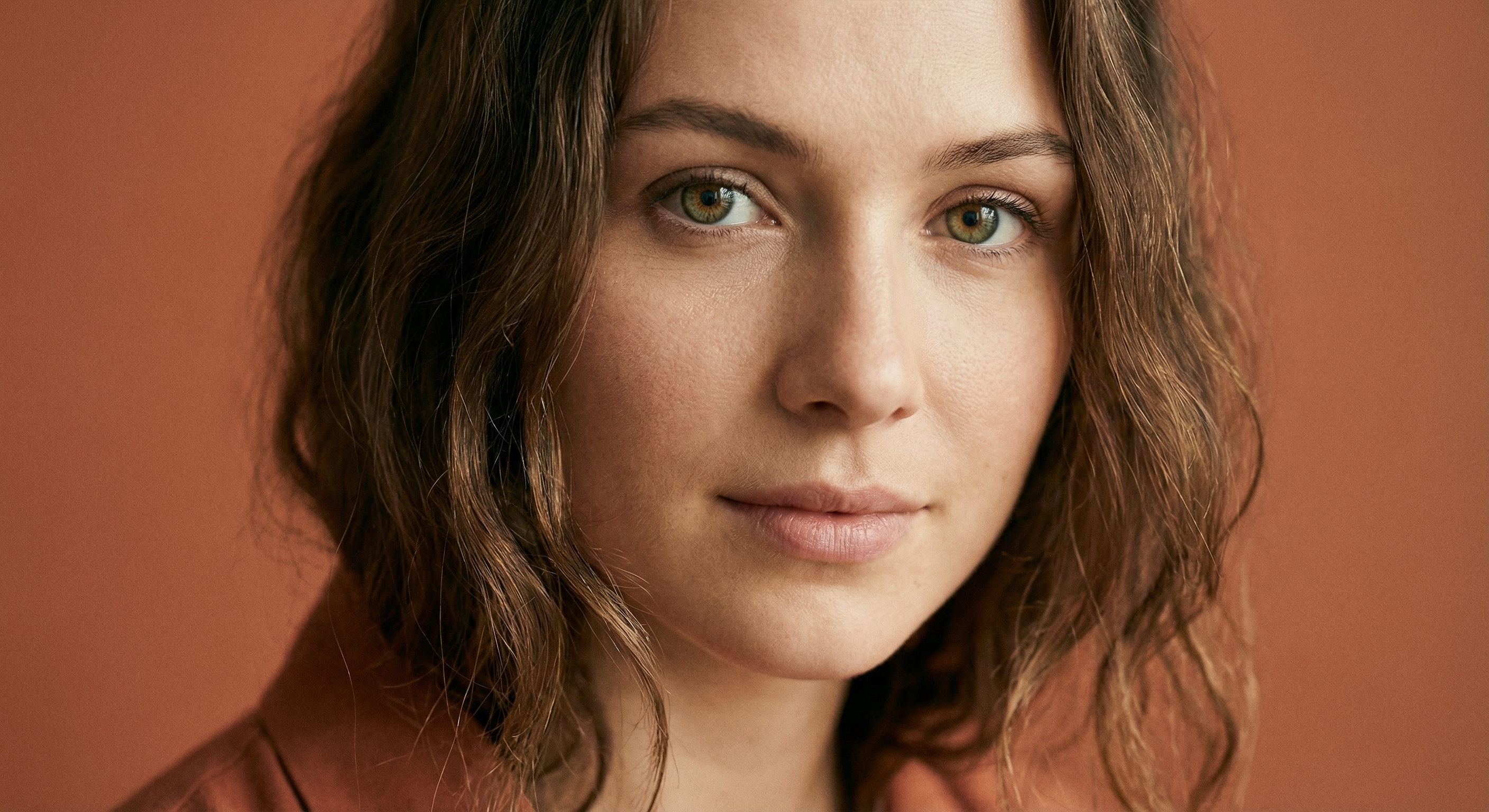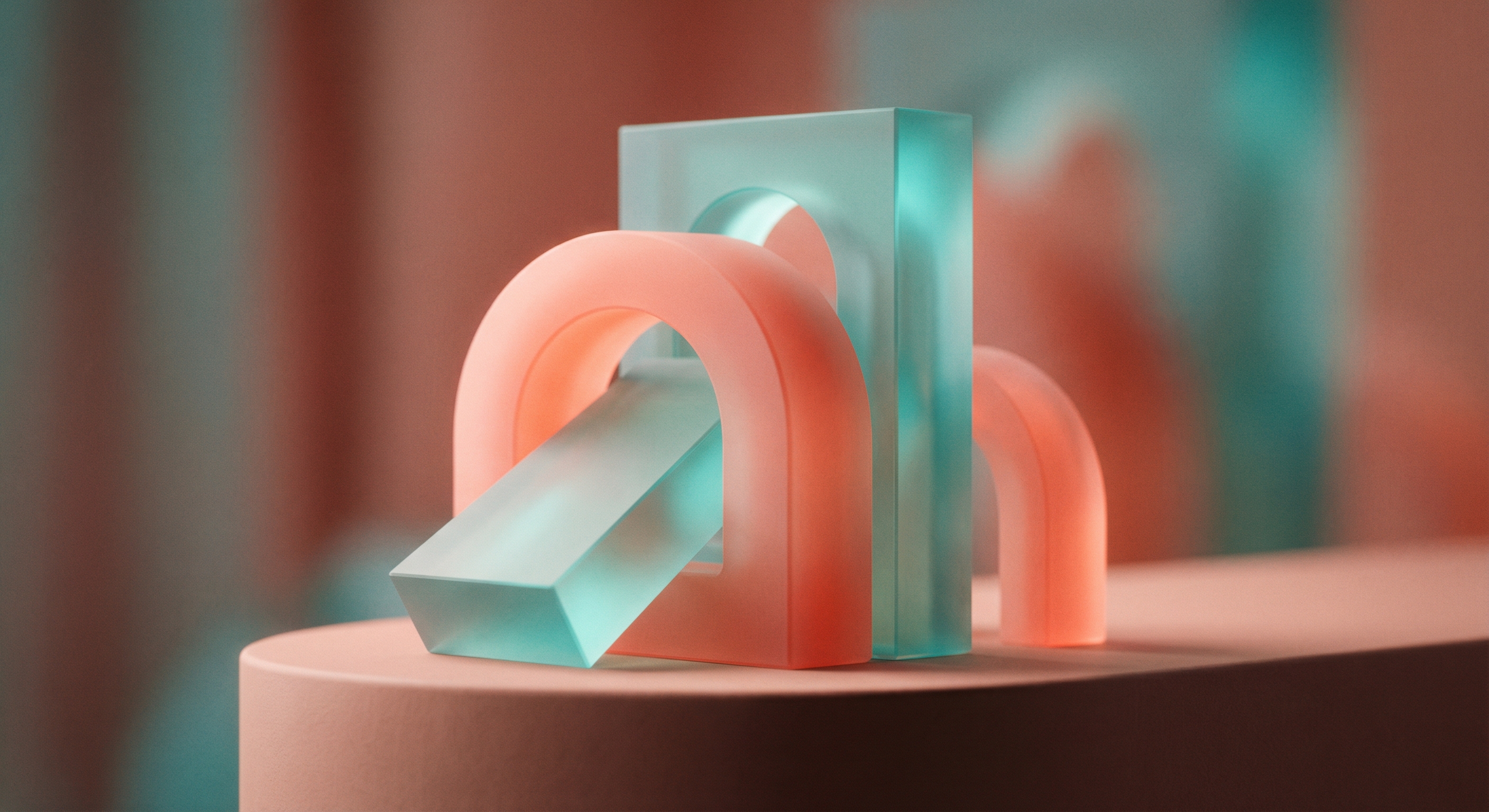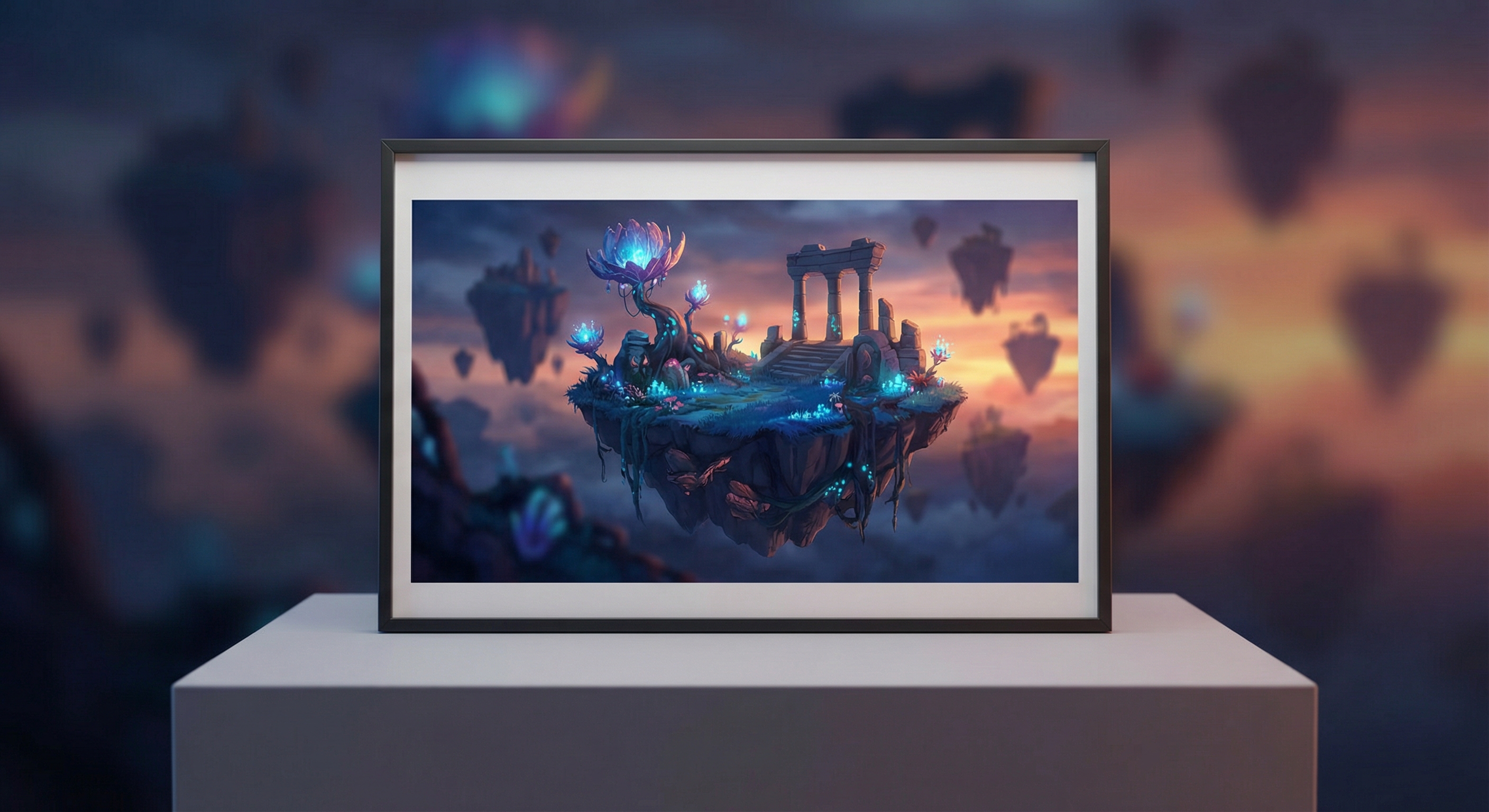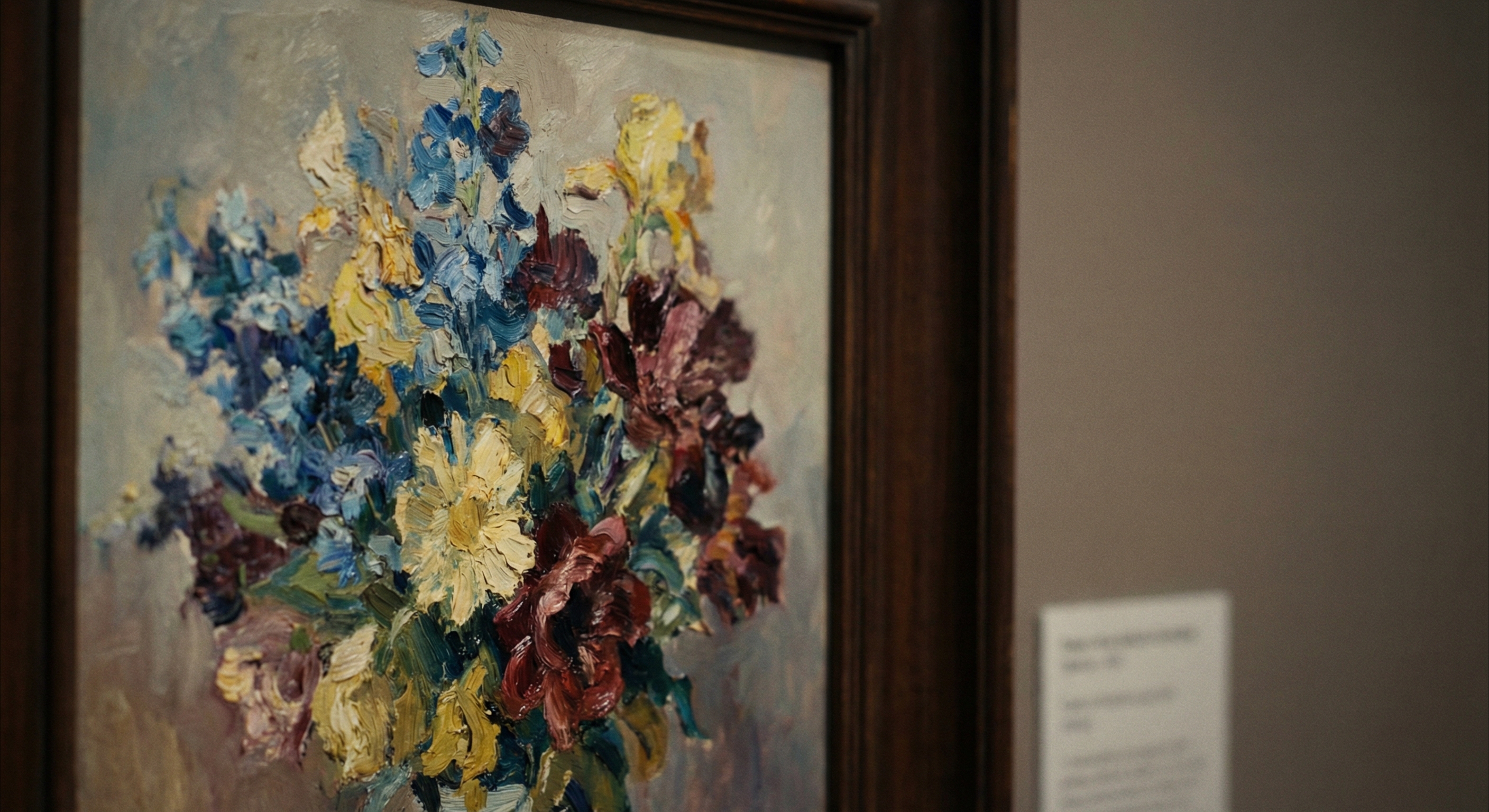
Photorealistic Quality
Generate images that look like real photographs. Product shots, portraits, landscapes—our AI creates images with natural lighting, realistic textures, and professional composition.
Turn your ideas into images. Describe what you want to see and our AI creates it in seconds. Perfect for social media, marketing, and creative projects.

Stop scrolling through stock photo sites. Generate unique images for Instagram posts, TikTok thumbnails, YouTube covers, and more. Every image is original and tailored to your brand.

Need product photos before you have the product? Generate realistic mockups for packaging, merch, or concept designs. Test ideas before spending money on production.

Create ad creatives, blog headers, email banners, and presentation graphics. Generate variations in seconds instead of waiting for a designer or paying for expensive stock photos.

Concept art for games, book covers, album artwork, or just exploring ideas. Push your creativity beyond what you can draw or photograph yourself.
From photorealistic shots to abstract art—if you can describe it, we can generate it.

Generate images that look like real photographs. Product shots, portraits, landscapes—our AI creates images with natural lighting, realistic textures, and professional composition.

Oil painting, watercolor, anime, 3D render, minimalist, vintage—specify any artistic style and the AI matches it. Mix styles for something completely unique.

No waiting in queues. Describe your image, click generate, and see results in seconds. Generate multiple variations until you find exactly what you need.
Type what you want to see. Be specific—include details about the subject, style, colors, lighting, and mood. The more detail you provide, the better the result.
Click generate and watch your image come to life. Our AI interprets your description and creates a unique image in seconds.
Happy with the result? Download it instantly. No watermarks, no signup required. Use it anywhere—social media, websites, print materials.
Great app for filtering photos and even greater app for sizing pictures for not only posts but story photos as well... love this app I mainly use insta size for all my posts now ;)
Resizing photos for social media should be a cinch, but most editing programs are a pain to use. Of the dozen I’ve used, Instasize is the fastest, easiest and most consistent...
Perfect app for the exact social media picture sizes. Love it. I use it daily. & I like the premade options they give you for different social medias!
Its the best app. for sizing photos to fit for Instagram or other forms of social media. You can also edit photos and create collages with multiple photos. It’s had been my friend for several years!
Always helpful when needing to resize photos
I love this app. Makes posting all types of photos. Love how it makes them fit on different formats
I use this app everyday to perfectly resize images for all of my social media platforms
This app saved the day for me! I’m finally able to resize my photos for IG....effortlessly
We use this App weekly to resize pics for social media posts. Very user friendly, easy to use program when you want to get in and out quickly...
Great app for filtering photos and even greater app for sizing pictures for not only posts but story photos as well... love this app I mainly use insta size for all my posts now ;)
Resizing photos for social media should be a cinch, but most editing programs are a pain to use. Of the dozen I’ve used, Instasize is the fastest, easiest and most consistent...
Perfect app for the exact social media picture sizes. Love it. I use it daily. & I like the premade options they give you for different social medias!
Its the best app. for sizing photos to fit for Instagram or other forms of social media. You can also edit photos and create collages with multiple photos. It’s had been my friend for several years!
Always helpful when needing to resize photos
I love this app. Makes posting all types of photos. Love how it makes them fit on different formats
I use this app everyday to perfectly resize images for all of my social media platforms
This app saved the day for me! I’m finally able to resize my photos for IG....effortlessly
We use this App weekly to resize pics for social media posts. Very user friendly, easy to use program when you want to get in and out quickly...
Great app for filtering photos and even greater app for sizing pictures for not only posts but story photos as well... love this app I mainly use insta size for all my posts now ;)
Resizing photos for social media should be a cinch, but most editing programs are a pain to use. Of the dozen I’ve used, Instasize is the fastest, easiest and most consistent...
Perfect app for the exact social media picture sizes. Love it. I use it daily. & I like the premade options they give you for different social medias!
Its the best app. for sizing photos to fit for Instagram or other forms of social media. You can also edit photos and create collages with multiple photos. It’s had been my friend for several years!
Always helpful when needing to resize photos
I love this app. Makes posting all types of photos. Love how it makes them fit on different formats
I use this app everyday to perfectly resize images for all of my social media platforms
This app saved the day for me! I’m finally able to resize my photos for IG....effortlessly
We use this App weekly to resize pics for social media posts. Very user friendly, easy to use program when you want to get in and out quickly...
Can't find what you're looking for? Contact support
Yes. Generate images without paying or signing up. We offer free generations so you can test the tool and see results before deciding if you want more.
Create without limits. Get full access to every premium AI model and our entire suite of tools with a single plan.
Essential tools for casual creators.
Essential AI tools for creators
Billed annually
Advanced features for professionals
Billed annually
Maximum power and speed
Billed annually
Generate from text, expand photos, remove backgrounds, and upscale to 4K